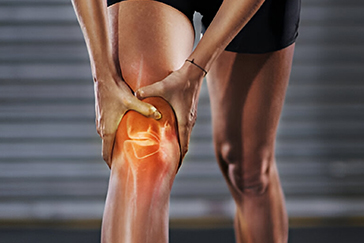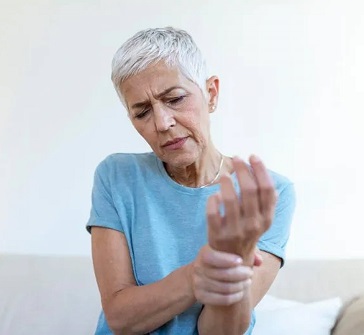 Book Appt.
Book Appt.
 Call Now
Call Now


An infected joint replacement, also known as prosthetic joint infection (PJI), occurs when bacteria or other microorganisms invade the artificial joint, leading to an infection. PJI is a serious and potentially devastating complication that can cause pain, swelling, and functional impairment of the affected joint. It often requires prompt medical attention and treatment to prevent further complications and preserve joint function.
Causes of Infected Joint Replacements
The development of an infected joint replacement can be attributed to various factors, including:
Symptoms of Infected Joint Replacements
The symptoms of an infected joint replacement can vary in severity and may include:
Diagnosis of Infected Joint Replacements
Diagnosing an infected joint replacement requires a combination of clinical evaluation, imaging studies, and laboratory tests. The following diagnostic methods are commonly used:
Treatment of Infected Joint Replacements
The treatment of an infected joint replacement typically involves a multidisciplinary approach and may include the following:
Prognosis and Complications
The prognosis for individuals with an infected joint replacement can vary depending on factors such as the type and severity of the infection, the promptness of treatment, and the overall health of the patient. With timely and appropriate medical care, many individuals can successfully recover from PJI and regain joint function.
Complications of an infected joint replacement may include:
Outlook
Infected joint replacements, or prosthetic joint infections (PJIs), are serious complications that require prompt diagnosis and treatment. Early intervention is crucial for preserving joint function and preventing further complications. While PJIs can be challenging to manage, a coordinated effort between healthcare providers, including orthopaedic surgeons and infectious disease specialists, can lead to successful treatment and improved outcomes. It's essential for individuals with joint replacements to be vigilant for any signs of infection and to seek immediate medical attention if infection is suspected. With proper care and adherence to medical advice, many people can regain their quality of life after treatment for an infected joint replacement.
SHALBY Sanar International Hospitals provides extensive medical procedures backed up with our state-of-the-art technology and a team of highly qualified & experienced clinical experts.



Life Transformed: Mr. Blojah Felix Journey to Pain-Free Living | SHALBY Sanar

Pain-Free Living After 6 Years: Knee Replacement Success Story | Dr. Rohit Lamba

Bilateral Total Knee Replacement by Dr. Vikram Shah | SHALBY Sanar International Hospitals

Remarkable Recovery Story: Hip Replacement for Non-union Fracture

Incredible Recovery Story: Bilateral Knee Replacement Transformation

Knee Replacement Surgery by Dr. Rohit Lamba: 60-Year-Old's Remarkable Recovery

Renewed Hope: Successful Hip Replacement Surgery Transforms Iraqi Patient's Life

Exploring a Case of Revision Knee Replacement: Insights from Dr. Rohit Lamba

Triumphant Journey: Ms. Fatima, 69, Triumphs Over Revision Knee Replacement Surgery

Leaving the crutches behind – Riyaz, 43, gains confidence after a successful Hip Replacement Surgery

Transformative Total Knee Replacement Surgery: A New Lease on Life for 48-Year-Old Ramesh

Miraculous Recovery: 17-Year-Old Kenyan Overcomes Osteosarcoma with Mega Prosthesis Surgery

Mr. Omar Faruk's Remarkable Knee Recovery: ACL Reconstruction Success Story

Mrs. Vijay Luxmi's Remarkable Knee Replacement Journey

Umidjon, 36, from Uzbekistan shares his gratitude for a successful total hip replacement surgery

Ms. Mohsin from Iraq shares her gratitude for a successful Computer Navigated Total Knee Replacement

A Total Hip Replacement surgery gives Ms. Barry from Ghana, the ability to walk again.

Dr. Rohit Lamba talks about a successful Hip Replacement Surgery carried out on an Iraqi patient
Our doctors pen down their research findings and experiences from time to time. Their words provide deep insight into the latest techniques, technologies and other advancements in healthcare. It provides expert answers to all kinds of health questions for real-life issues.
VIEW ALL.png)
.png)



Since the day of its foundation, SHALBY Sanar International Hospitals is committed to provide comprehensive healthcare services. It regularly organizes awareness programs in its premises and encourages outdoor healthcare activities and camps with an intent to put focus on preventive healthcare.
VIEW ALL